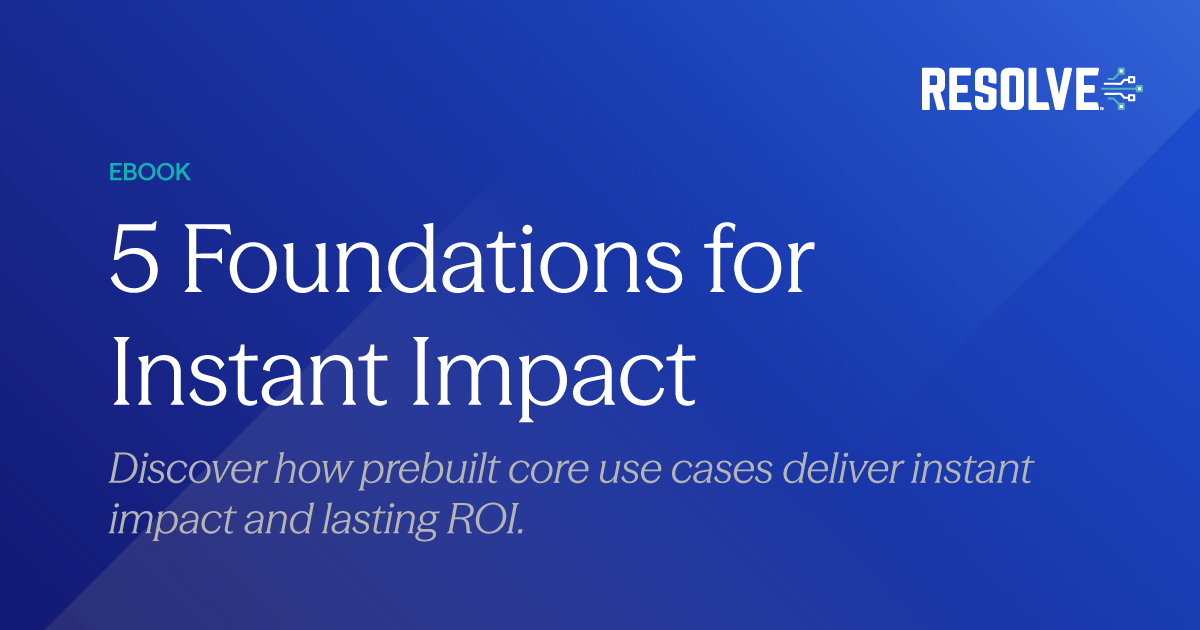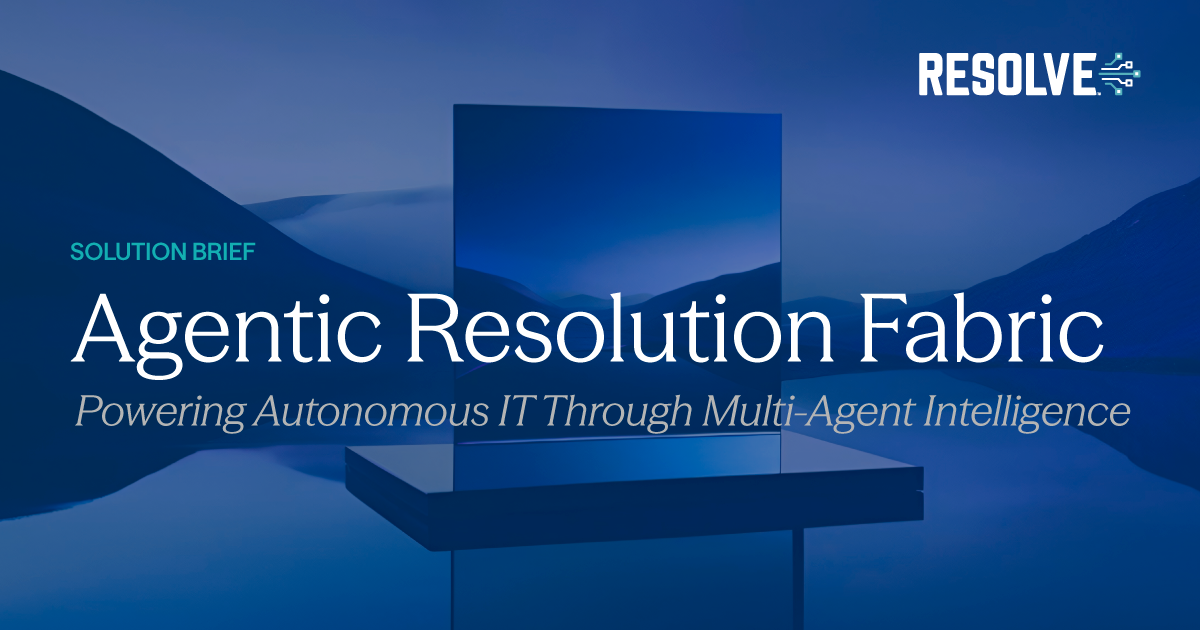
Third Largest Retailer Worldwide Shifts to End-to-End Orchestration, Tripling Goal for Hours Saved with Automation

Organization Profile
Industry: Retail
Company Size: 300,000+ Employees
Region: United Kingdom and Global
Services: Grocery and general merchandise retail operations across thousands of stores worldwide, supported by extensive IT infrastructure and service delivery systems
Scaling Sustainably Through Strategic Automation
This retail leader faced growing operational challenges across its IT environment. With thousands of stores and employees depending on responsive service, the IT organization was inundated with manual, repetitive tasks—from password resets and system checks to service request fulfillment. These processes consumed valuable time and strained internal resources.
Leadership wanted to reduce manual burden, boost efficiency, and capture meaningful ROI—but without rushing into automation recklessly. They sought a measured, strategic approach that would scale sustainably, deliver long-term value, and empower the team—not overwhelm it.
From Manual Friction to Strategic Execution
Rather than taking a boil-the-ocean approach, the team partnered with Resolve to identify the most impactful automation opportunities. Working alongside Resolve data analysts, they mapped a phased rollout plan grounded in:
- Process pain points
- Operational data and request volume
- Likelihood of business impact
This enabled a prioritized automation journey targeting use cases with the highest return and lowest implementation friction.
They began with a modest set of automations, but quickly discovered new opportunities to integrate across management systems, unify infrastructure workflows, and reduce technical debt. The team gained the ability to produce a service request backlog, track infrastructure stability issues, and structure their response more effectively.
Turning Automation into Scalable Action
As Resolve Actions was deployed, the organization gained new clarity and control over its infrastructure environment. With drag-and-drop workflow design and native integration across IT systems, the platform allowed the team to convert manual processes into structured, repeatable automations.
One breakthrough came in the form of contextual awareness. Resolve helped the team understand each service request within its operational context—allowing for smarter remediation paths and scalable automation logic instead of brittle scripts or one-off fixes.
The result was a shift from tactical automations to end-to-end orchestration—where processes weren't just automated, but strategically governed, observable, and continuously optimized.
Results That Exceeded Expectations
Within months, the team's efforts began delivering measurable results:
- 1,410 hours saved, far exceeding their original 300-hour target
- 20 automation use cases in full production
- 30 additional use cases identified in a prioritized workflow
More importantly, the business saw a noticeable improvement in service consistency, reduced delays in incident response, and a stronger operational foundation for continued scaling.
Resolve Actions enabled the team to do more with less—accelerating delivery, improving stability, and enhancing productivity across both IT and the wider organization.
Ready to Achieve Similar Results?
Check out Resolve Actions to discover how IT automation and orchestration can drive real results for your organization—or request a custom demo to see how leading retailers are redefining operational efficiency with Resolve.


